Mars Wasn’t Always Dry: It Once Had Rivers Spanning Over 15,000 Kilometers - The Daily Galaxy
7/16/25 at 3:23am

15,000 kilometers of ancient riverbeds have been found on Mars, hinting at a wet and potentially life-supporting past.
Viewed by
You are the first to view
Happy anniversary, Mariner 4! NASA probe got 1st-ever up-close look at Mars 60 years ago today - Space
7/16/25 at 3:23am
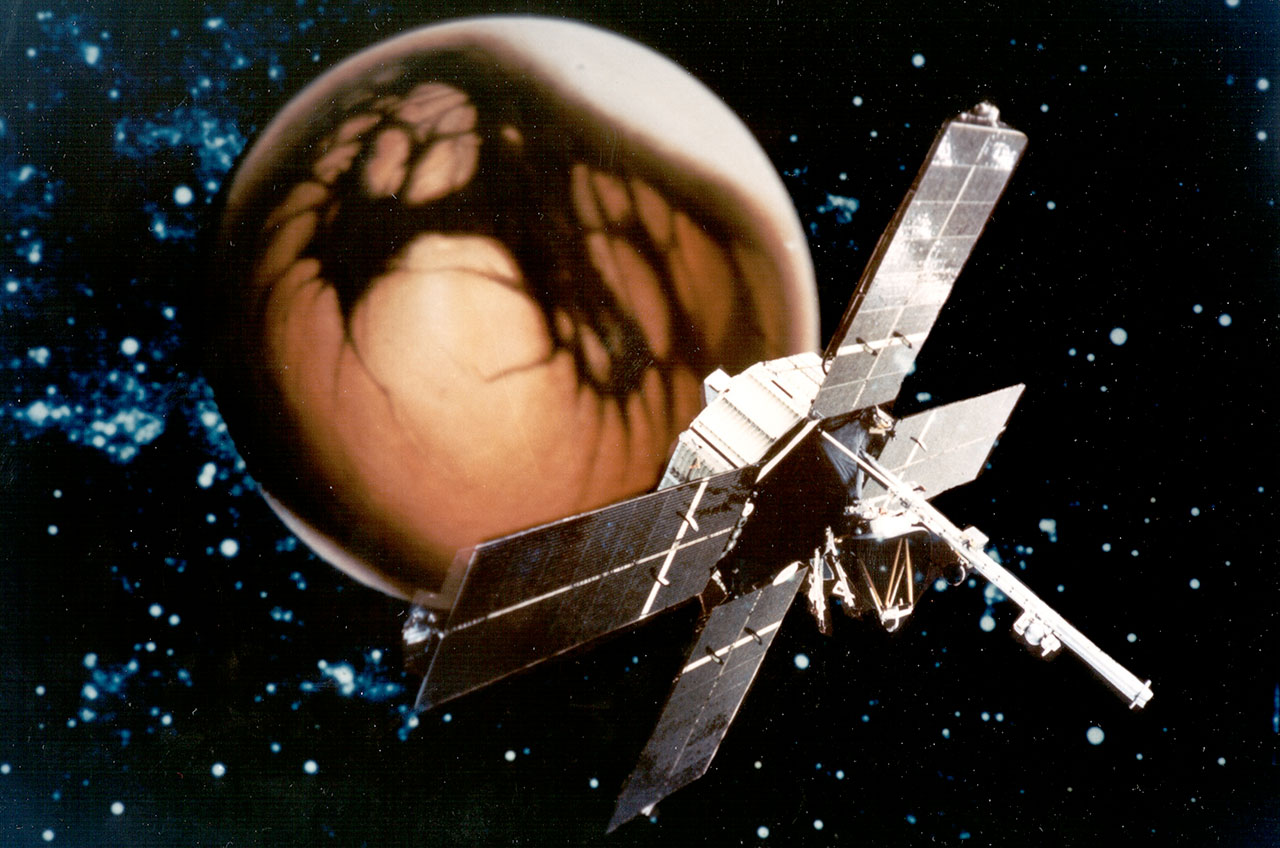
Since then, a multitude of spacecraft have rocketed Marsward from a variety of nations.
Viewed by
You are the first to view
100 undiscovered galaxies may be orbiting the Milky Way, supercomputer simulations hint - Live Science
7/16/25 at 3:23am
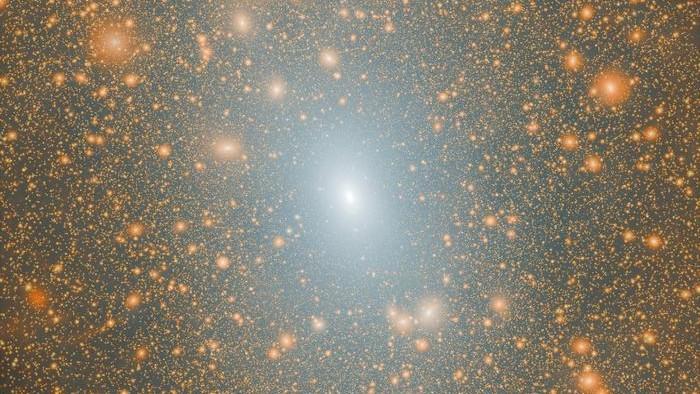
Our Milky Way could have many more satellite galaxies than we've detected so far. They're just too faint to be seen.
Viewed by
You are the first to view
NASA just took the closest-ever images of the sun, and they are incredible (video) - Space
7/16/25 at 3:23am
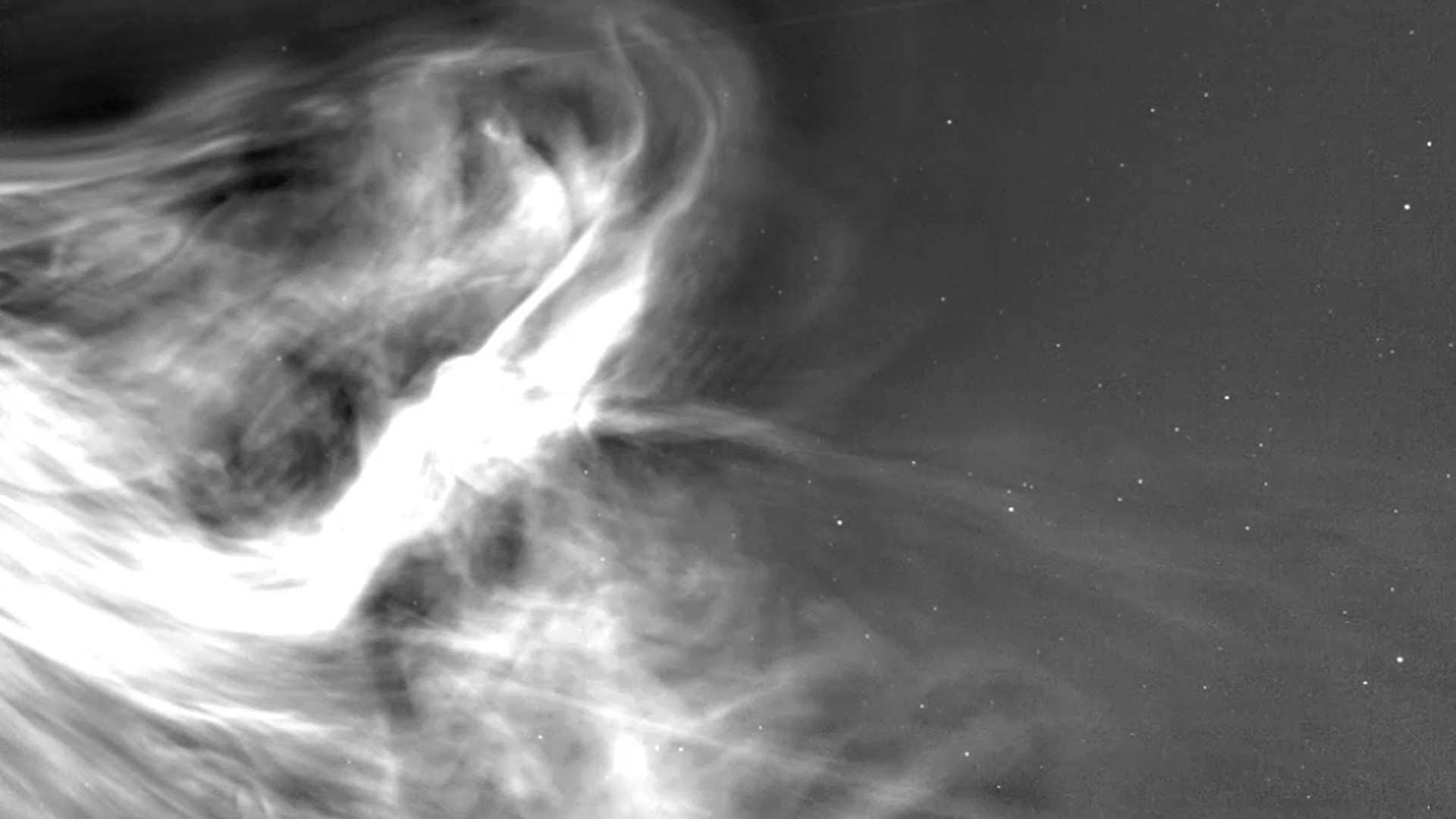
"Parker Solar Probe has once again transported us into the dynamic atmosphere of our closest star."
Viewed by
You are the first to view

Cognition is acquiring Windsurf days after Google DeepMind hired its CEO and research leaders, and months after OpenAI offered to buy it.
Viewed by
You are the first to view
Yellowstone Announces Discovery Of A New Baby Blue Thermal Pool - Cowboy State Daily
7/16/25 at 3:45pm

Yellowstone National Park announced Monday the discovery of a new 13-foot baby blue hot spring. It emerged with little volcanic fanfare in the Norris Geyser Basin and has scientists excited.
Viewed by
You are the first to view
World's most precise clock achieves 19-decimal accuracy with aluminum ion technology - Phys.org
7/16/25 at 3:45pm

There's a new record holder for the most accurate clock in the world. Researchers at the National Institute of Standards and Technology (NIST) have improved their atomic clock based on a trapped aluminum ion. Part of the latest wave of optical atomic clocks, …
Viewed by
You are the first to view
Don’t miss the moon pass close to Saturn and Neptune on July 15 - Space
7/16/25 at 3:45pm
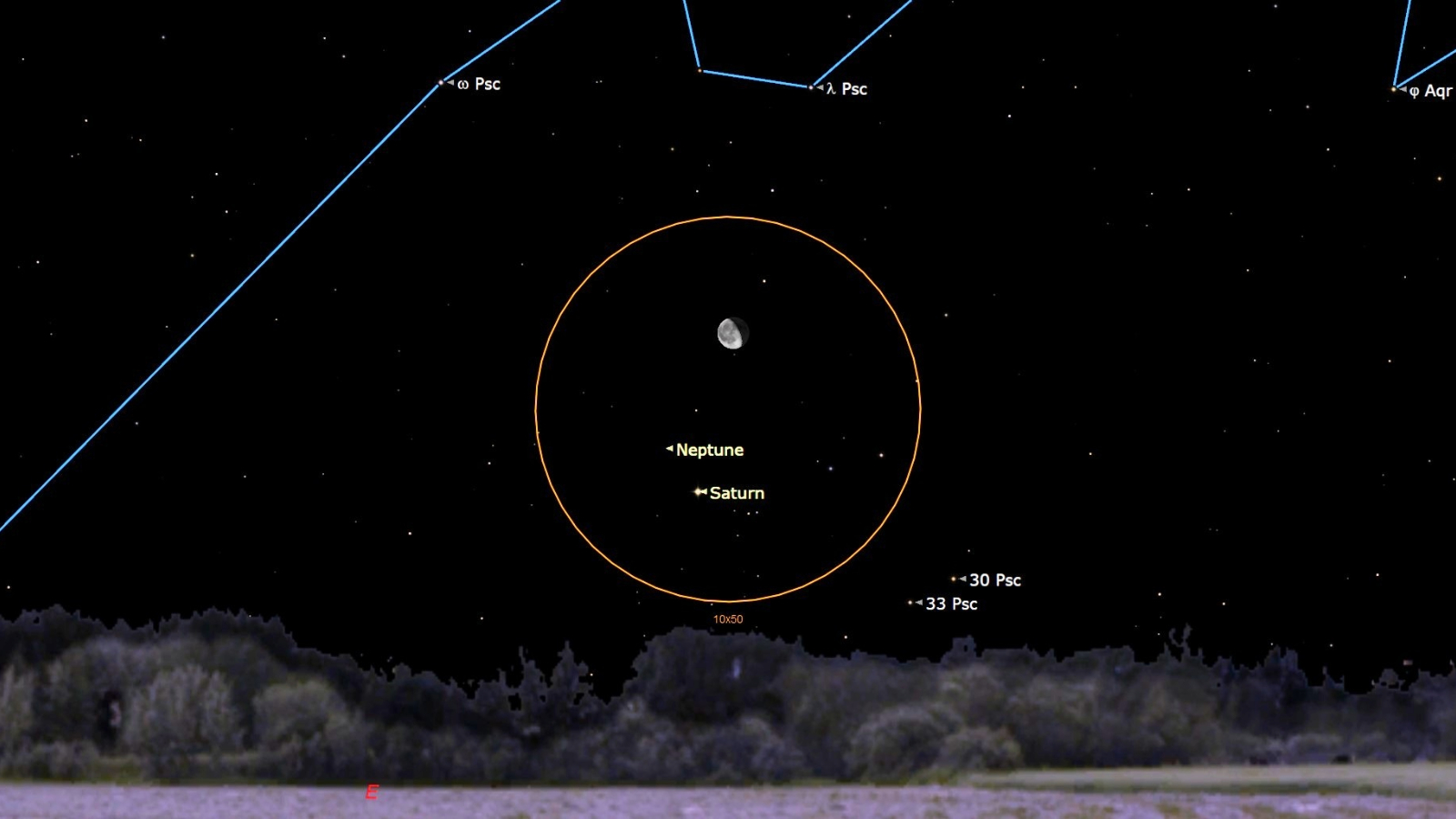
The moon, Saturn and Neptune will rise a little before midnight for those in the U.S.
Viewed by
You are the first to view
Scientists find Uranus is surprisingly warm, heating up the case for a new planetary mission - Space
7/16/25 at 3:23am

"I think it strengthens the case for a mission to Uranus."
Viewed by
You are the first to view

Jurassic fish met a strange end—choking on belemnites that accidentally got stuck in their throats.
Viewed by
You are the first to view
Researchers may have solved mystery of Mercury’s missing meteorites, but doubts remain - CNN
7/16/25 at 3:23am

Two meteorites found in the Sahara in 2023 might be from Mercury, a study suggests, but doubts remain due to how little is known about the planet closest to the sun.
Viewed by
You are the first to view

It's not laziness, it's strategically sloth.
Viewed by
You are the first to view

Snake, scorpion, and spider venom are most frequently associated with poisonous bites, but with the help of artificial intelligence, they might be able to help fight antibiotic resistance, which contributes to more than one million deaths worldwide each year.
Viewed by
You are the first to view

NEW YORK (AP) — It was the scariest choking incident David Palumbo had ever seen. The 88-year-old man had been dining at a Providence, Rhode Island, Italian restaurant in September 2019.
Viewed by
You are the first to view
Why Warmer Countries Have Louder Languages - ZME Science
7/16/25 at 3:23am

Language families in hotter regions evolved with more resonant, sonorous words, researchers find.
Viewed by
You are the first to view
Snow covers the SOAR Telescope in Chile photo of the day for July 11, 2025 - Space
7/16/25 at 3:45pm
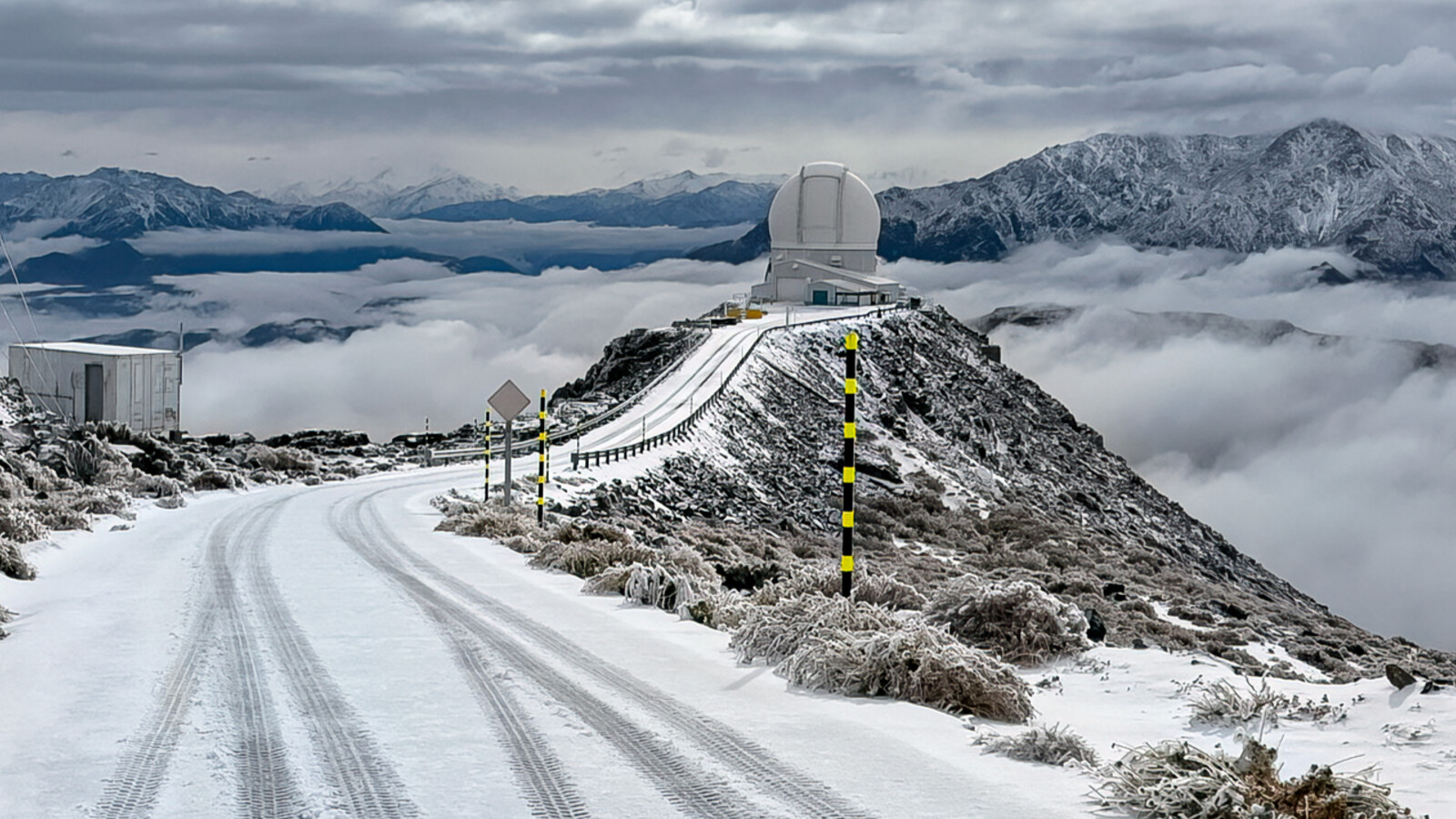
An unexpected dusting high in the Andes mountains caused some concern.
Viewed by
You are the first to view
“This Ancient Traveler Defies Time”: Unveiling the Mind-Blowing Interstellar Comet That's 3 Billion Years Older Than Our Sun - Rude Baguette
7/16/25 at 3:45pm

IN A NUTSHELL 🌌 Comet 3I/ATLAS is an interstellar object from beyond our solar system, believed to be over seven billion years old. 🧊 Discovered by the ATLAS survey telescope in Chile, the comet is rich in water ice, offering insights into the early univers…
Viewed by
You are the first to view
The dark side of time: Scientists develop nuclear clock method to detect dark matter using thorium-229 - Phys.org
7/17/25 at 8:09am

For nearly a century, scientists around the world have been searching for dark matter—an invisible substance believed to make up about 80% of the universe's mass and needed to explain a variety of physical phenomena. Numerous methods have been used in attempt…
Viewed by
You are the first to view
Colorful aquarium creature turns out to be a new species never catalogued by scientists - Earth.com
7/16/25 at 3:23am

Scientists discover and name a colorful, new species of aquarium crayfish, Cherax pulverulentus, hiding in plain sight for decades.
Viewed by
You are the first to view

Space junk is a huge problem. The surge in satellite launches in recent years is leaving low Earth orbit (LEO) cluttered with debris such as discarded rocket bodies, broken parts and defunct satellites. Beyond the risk of debris colliding with working satelli…
Viewed by
You are the first to view
The Moon and Mars Are Meeting in the Sky—Here’s When and Where to Watch - The Daily Galaxy
7/16/25 at 3:45pm

The crescent Moon and Mars will align in a striking twilight conjunction visible across Southern California’s western sky.
Viewed by
You are the first to view
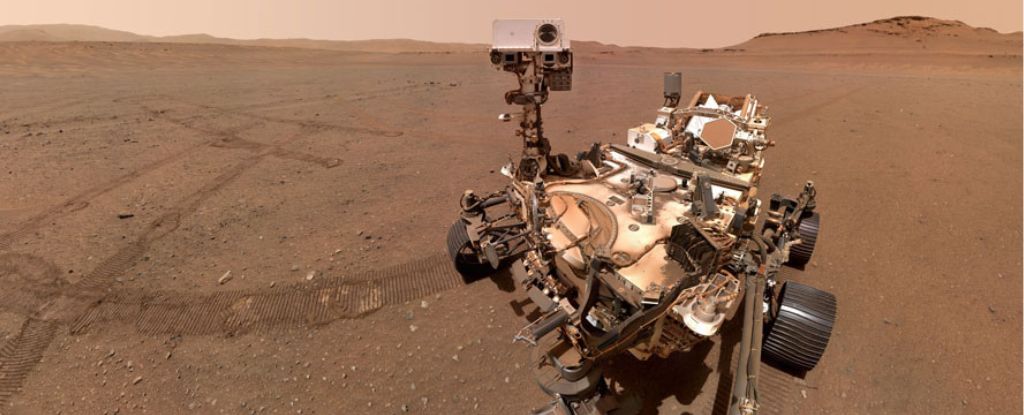
Perseverance is hitting the 'open road' on Mars like no other rover.
Viewed by
You are the first to view
NASA’s Groundbreaking Instruments on the Artemis Lunar Vehicle Ready to Launch - The Daily Galaxy
7/16/25 at 3:23am

NASA’s Artemis Lunar Terrain Vehicle is set to revolutionize Moon exploration with cutting-edge instruments that will uncover hidden resources and lay the foundation for future lunar habitation.
Viewed by
You are the first to view

After Israeli satellites dominated Iran, why didn't Israel launch its own advanced IAI satellite?
Viewed by
You are the first to view
Astronomers discover monster exoplanet hiding in 'stellar fog' around young star - Space
7/16/25 at 3:23am
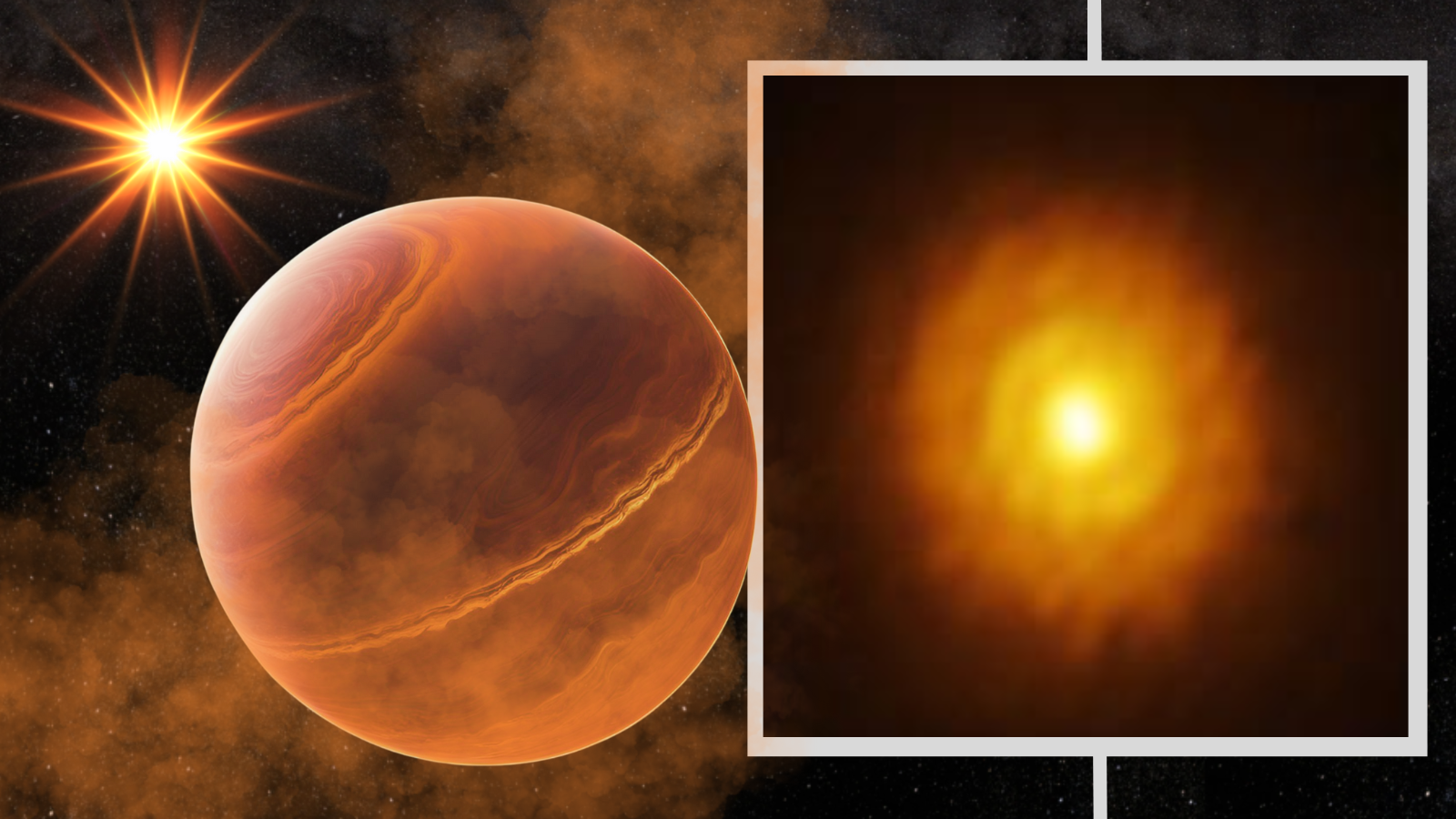
The massive world couldn't hide from the telescope tag team of Gaia and ALMA.
Viewed by
You are the first to view